| Tuesday, November 15, 2022 | |
ITF Beyond 5G |
|
| 14:00 | Welcome |
Katrien Marent, EVP & Chief Marketing and Communications Officer, imec Welcome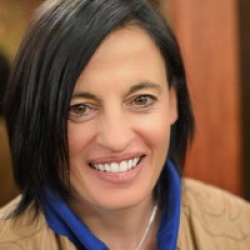
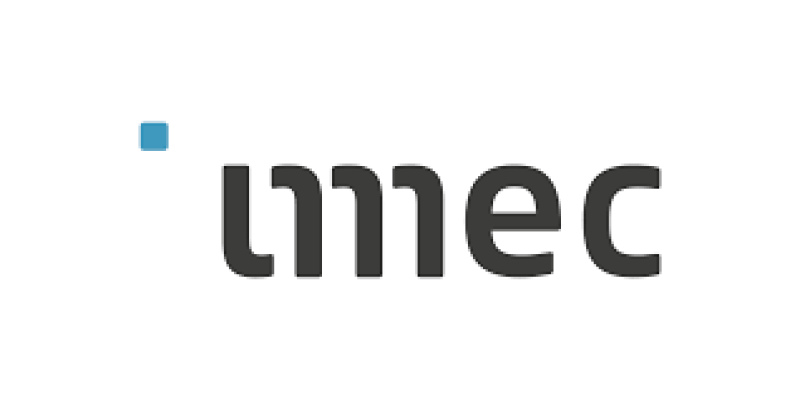 Abstract Biography |
|
| 14:05 | Opening Talk: From Applications to Semiconductors or the other way Around: the Case for Technology-Push |
Michael Peeters, VP of R&D for Connectivity, imec Opening Talk: From Applications to Semiconductors or the other way Around: the Case for Technology-Push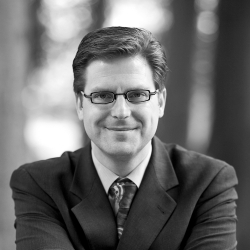
 Abstract Biography |
|
| 14:25 | Industry Talk: Advanced Engineered Substrates for RF Applications: from Silicon to Compound Materials |
Christophe Maleville, CTO, Executive VP Innovation Organization, Soitec Industry Talk: Advanced Engineered Substrates for RF Applications: from Silicon to Compound Materials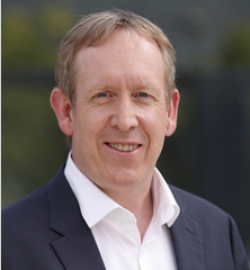
 Abstract Biography |
|
| 14:45 | Industry Talk: Opportunities for Innovation in Integrated Device Technologies |
Gregory U’Ren, Director RF Technologies, X-FAB Group Industry Talk: Opportunities for Innovation in Integrated Device Technologies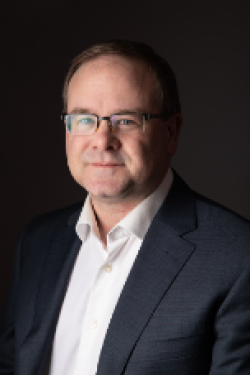
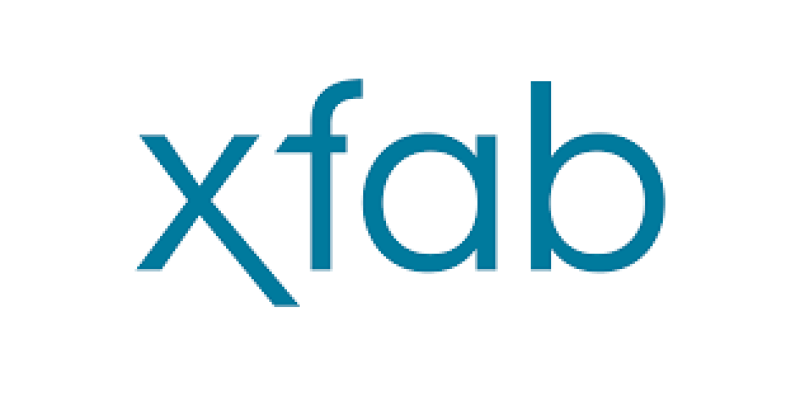 Abstract Biography |
|
| 15:05 | Break |
| 15:35 | How Advanced Epitaxy is Critical to making the Semiconductors for Next-Gen Mobile Connectivity |
Rodney Pelzel, CTO, IQE plc How Advanced Epitaxy is Critical to making the Semiconductors for Next-Gen Mobile Connectivity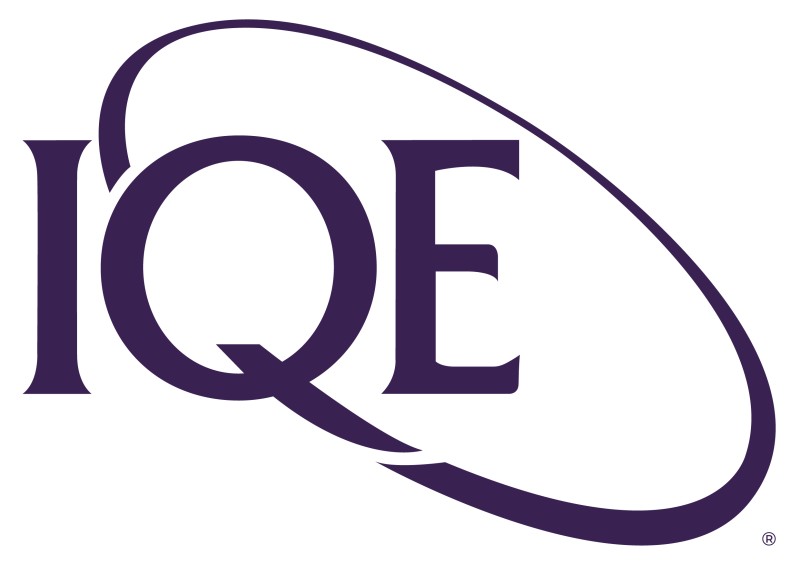 Abstract Biography |
|
| 15:55 | How Heterogeneous Integration Will Shape the Future of Wireless Communications |
Nadine Collaert, Program Director High-Speed Analog/RF, imec How Heterogeneous Integration Will Shape the Future of Wireless Communications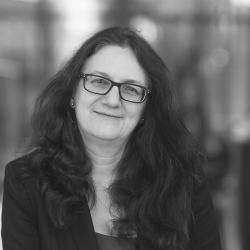
 Abstract Biography |
|
| 16:15 | Industry Talk: THz Frequencies and Mobile Networks – a Good Blend? |
Fredrik Tillman, Head of Integrated Radio Systems, Ericsson Research Industry Talk: THz Frequencies and Mobile Networks – a Good Blend?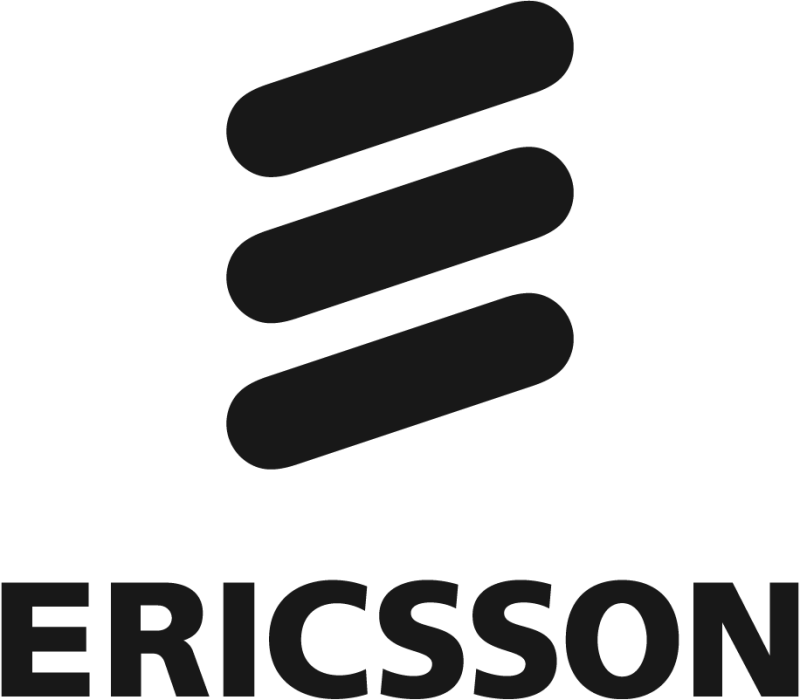 Abstract Biography |
|
| 16:35 |
Panel discussionThe Intersection between Applications and Compound Semiconductors |
| Moderation |
Michael Peeters, VP of R&D for Connectivity, imec

 Biography |
| Panelists |
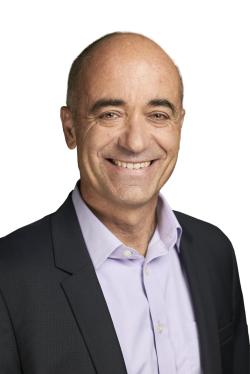
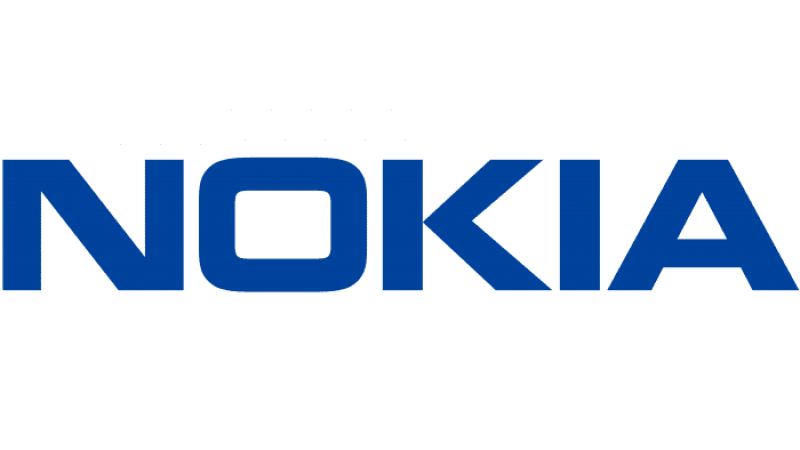 Biography 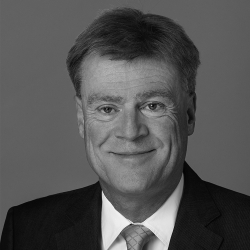
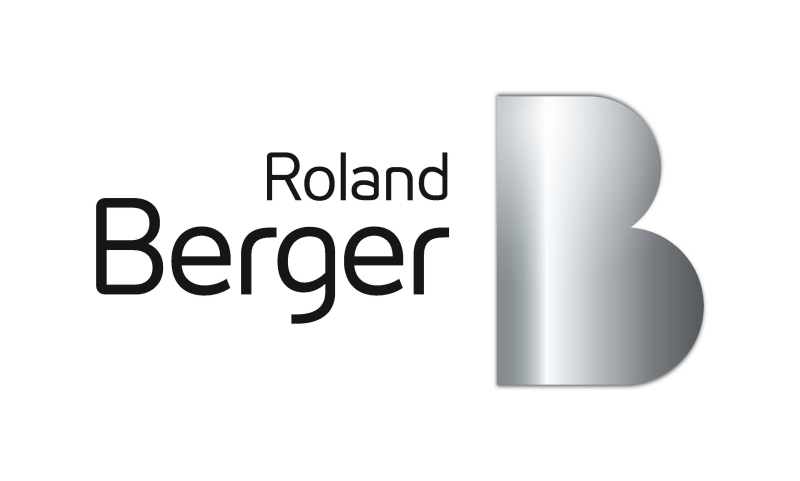 Biography 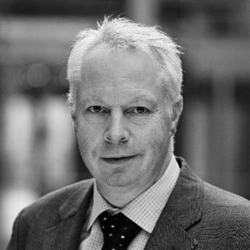
Biography 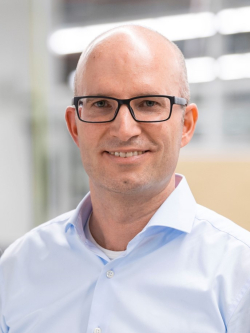
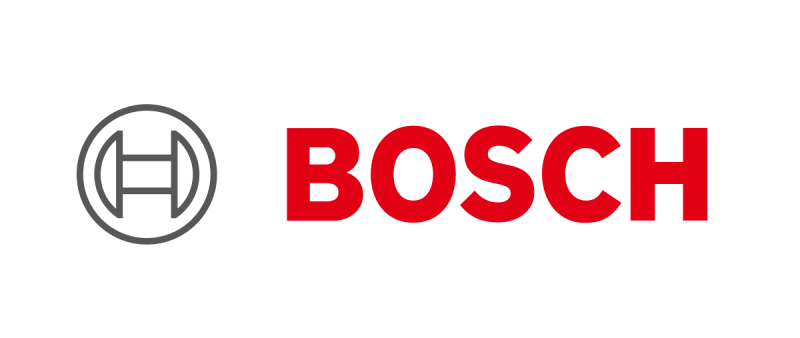 Biography |
| 17:10 | Networking Reception |
| 18:00 | End of Networking Reception |